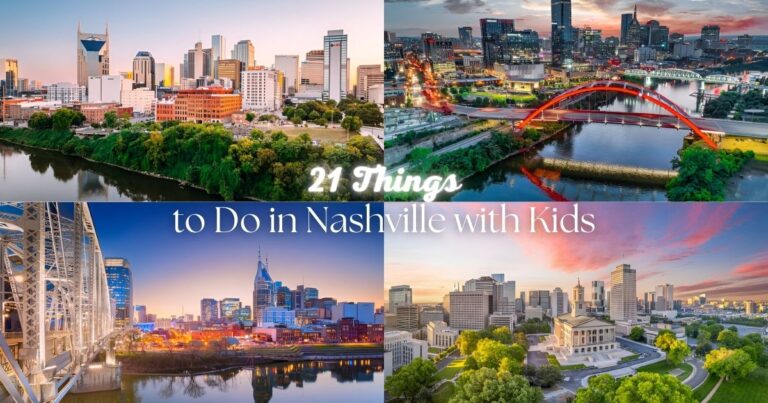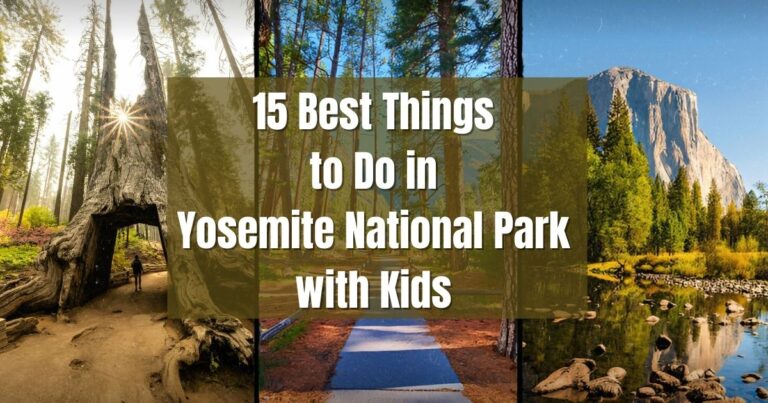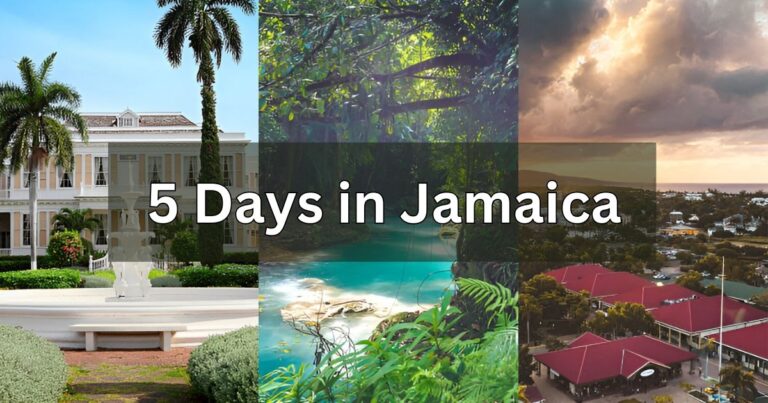30 Best Things To Do in Washington, D.C.
Introduction to Washington, D.C.
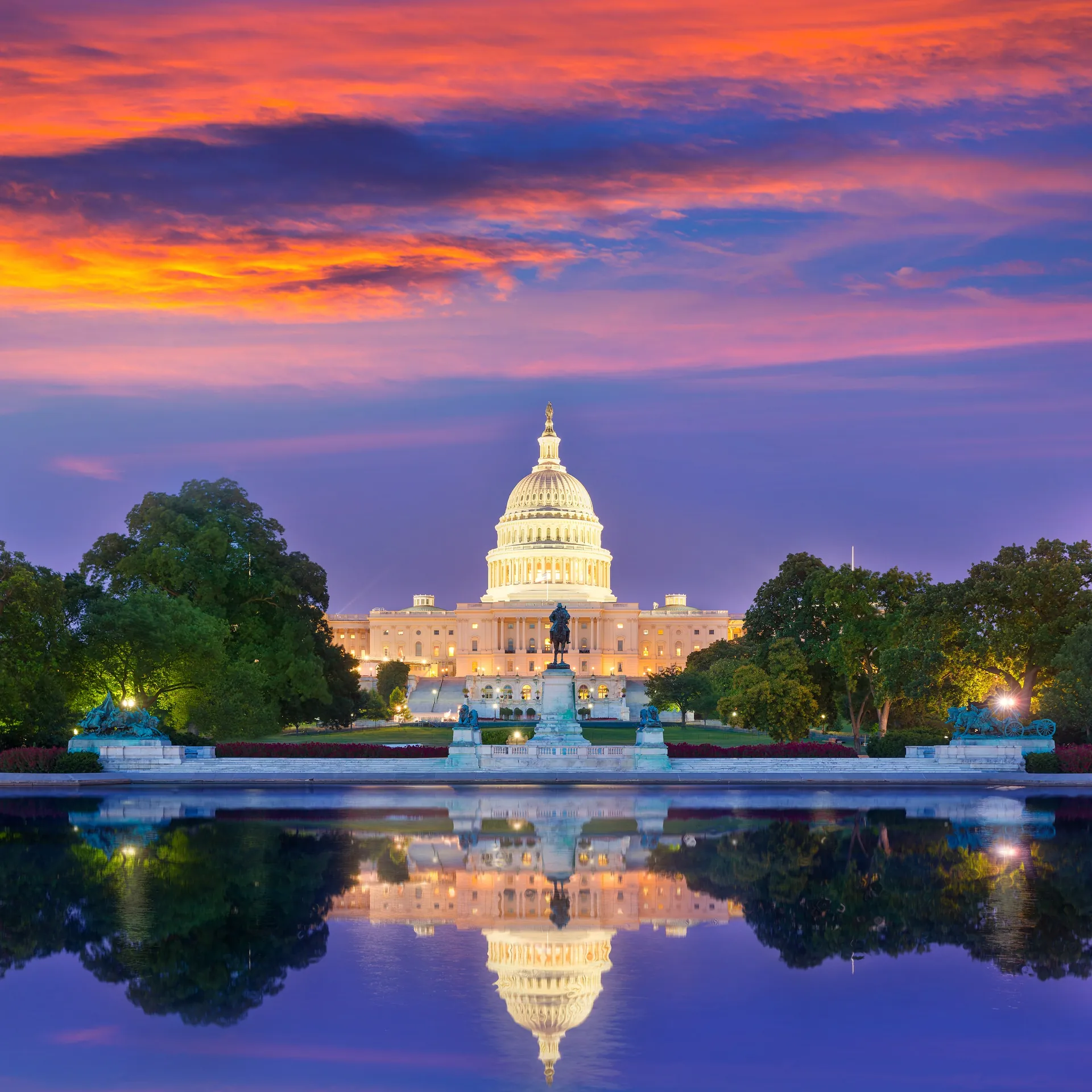
Washington, D.C., the capital of the United States, is a world-renowned destination brimming with historical significance, cultural richness, and an unrivaled collection of national treasures. From iconic landmarks such as the White House, Capitol Building, and Lincoln Memorial, to the world-class Smithsonian museums, the city offers a diverse range of attractions for visitors of all ages and interests. Known for its historical monuments, government institutions, and cultural establishments, Washington, D.C., provides tourists with a captivating blend of American history and contemporary art, culture, and politics—all amidst vibrant neighborhoods and green spaces.
One of the key factors that make Washington, D.C. a unique tourist destination is its accessibility and affordability. Many of the most popular attractions, particularly those related to U.S. history and government, offer free admission, which makes the city a budget-friendly option for travelers. From the National Mall lined with museums and memorials to the beauty of Tidal Basin during cherry blossom season, there’s no shortage of awe-inspiring, educational, and enjoyable sites to explore.
In this guide, we’ll take you through the 30 best things to do in Washington, D.C.—whether you’re a history buff, a family seeking fun activities, or someone looking to savor the cultural vibrancy of the city.
1. Explore the National Mall
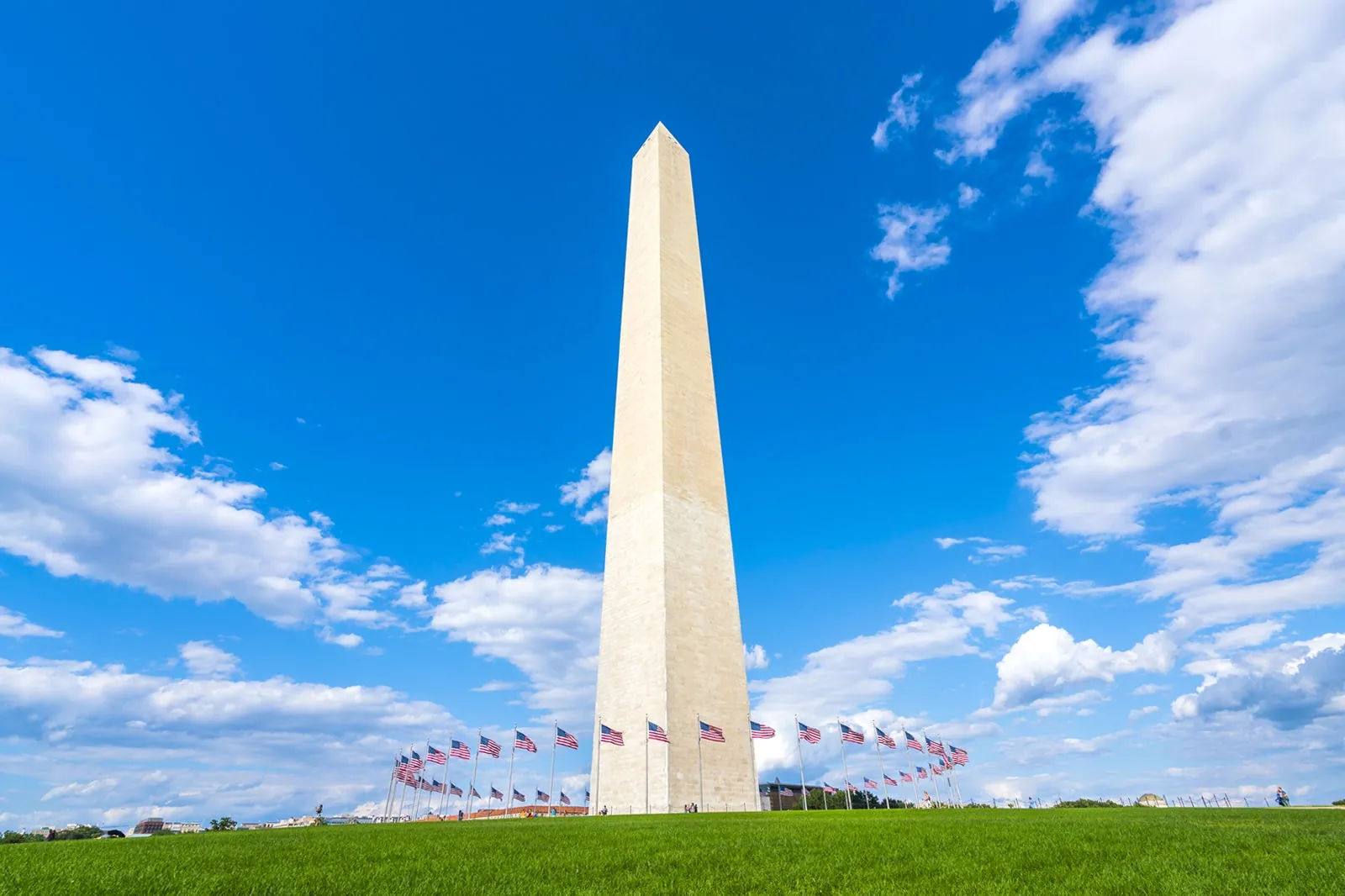
The National Mall, often considered the “nation’s front yard,” is the focal point of Washington, D.C., where history and culture converge in an expansive, pedestrian-friendly park. Spanning over two miles, the National Mall stretches from the U.S. Capitol Building to the Lincoln Memorial, and is flanked by the White House and the Jefferson Memorial. Visitors can wander among some of the city’s most famous landmarks, all within walking distance.
The National Mall is home to an array of monuments, memorials, museums, and sculptures that symbolize the nation’s democratic values. It is also a space for reflection, with plenty of grassy areas and tree-lined paths perfect for picnics, relaxation, or simply enjoying the fresh air while taking in some of the most revered sites in the U.S. Whether you’re admiring the Washington Monument towering in the distance, or exploring the wealth of knowledge within the Smithsonian museums, the National Mall offers an unparalleled experience of the nation’s history.
2. Visit the Lincoln Memorial
One of the most iconic structures in the United States, the Lincoln Memorial pays homage to the legacy of President Abraham Lincoln. Situated on the western end of the National Mall, the memorial is easily recognizable due to its architectural significance—a Greek Doric temple with 36 imposing columns representing the states in the Union at the time of Lincoln’s death.
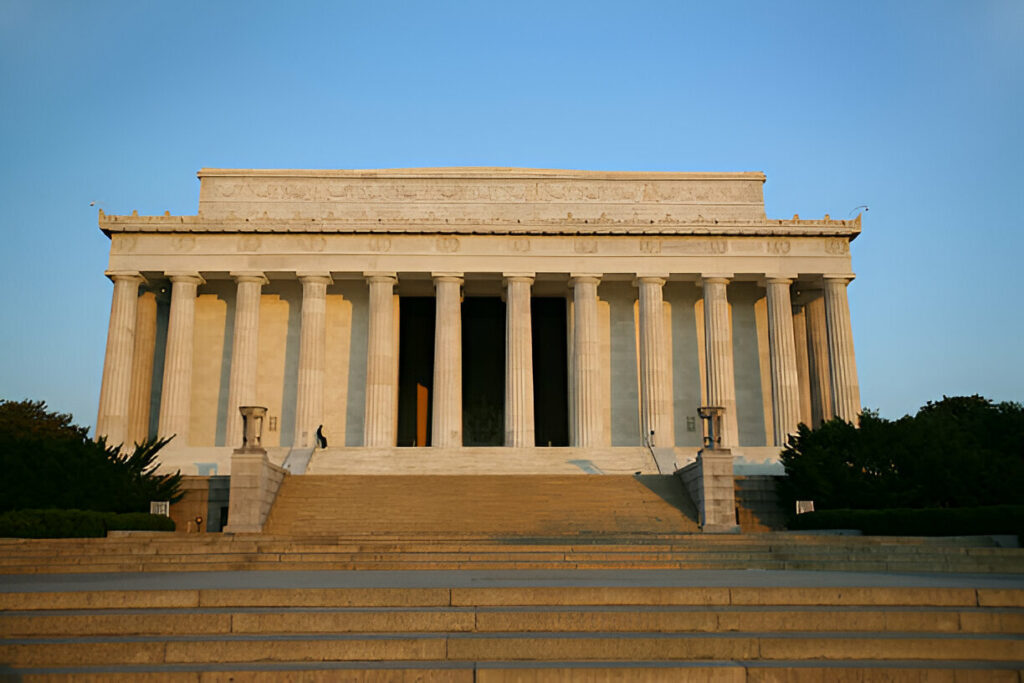
Inside the memorial, you’ll find a larger-than-life statue of Abraham Lincoln seated in contemplation, gazing out over the Reflecting Pool toward the Capitol. His famous speeches, including the Gettysburg Address, are inscribed on the interior walls, and it’s a powerful experience reading them in the presence of his statue. One of the most profound moments in American history—the March on Washington and Martin Luther King, Jr.’s “I Have a Dream” speech—took place on the steps of this memorial in 1963.
Tip: Make time to visit the Lincoln Memorial at night, when the monument is beautifully illuminated, and the crowds are less dense. Evening visits provide a peaceful and reflective atmosphere.
3. Marvel at the Washington Monument
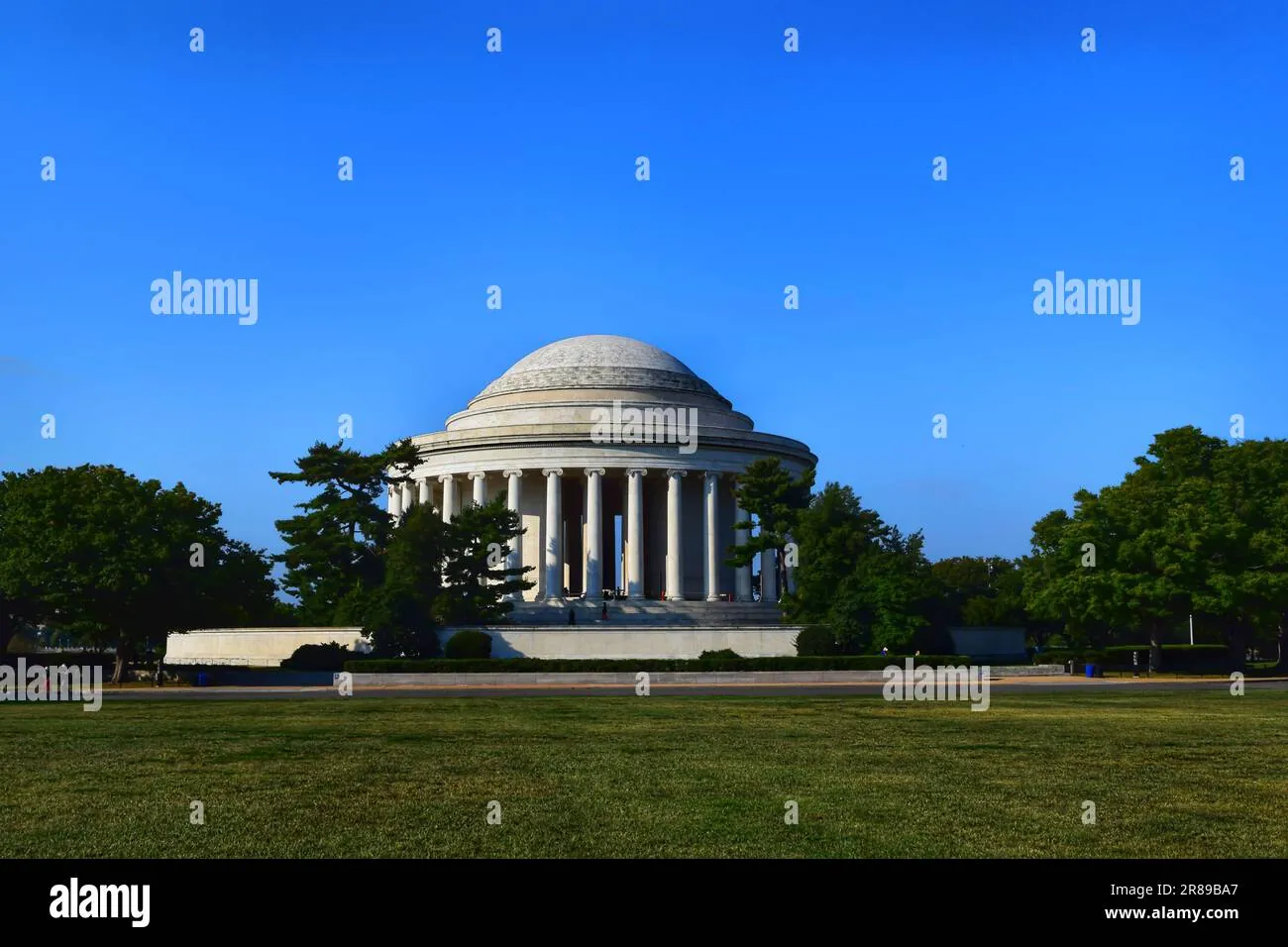
The Washington Monument is an instantly recognizable symbol of American democracy and one of the most popular attractions in Washington, D.C. Soaring more than 555 feet into the sky, the Washington Monument honors George Washington, the country’s first president. The obelisk, made of marble, granite, and bluestone gneiss, stands at the center of the National Mall, providing visitors with stunning views of the city.
Visitors can take an elevator to the observation deck at the top of the monument for panoramic views of Washington, D.C., including the Capitol Building, Lincoln Memorial, and Tidal Basin. Free timed-entry tickets are required to access the monument, and it’s a climb worth making for its historical significance and the breathtaking vistas over the city.
Pro Tip: Tickets can be reserved online in advance, but they also release same-day tickets starting at 10 a.m. if you miss booking ahead. Arrive early to secure a spot!
4. Reflect at the Vietnam Veterans Memorial
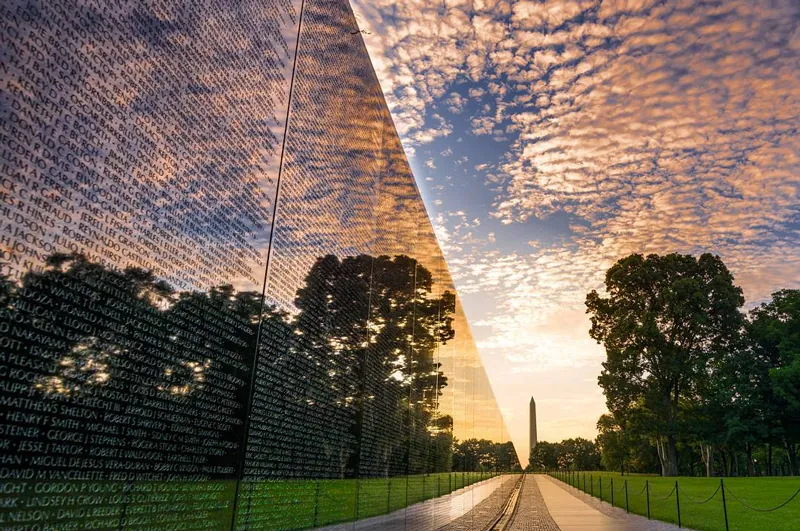
The Vietnam Veterans Memorial is a solemn and moving tribute to the soldiers who served and died in the Vietnam War. Carved into black granite, the memorial contains more than 58,000 names of individuals who made the ultimate sacrifice for their country. As one of the most emotionally impactful monuments on the National Mall, the Vietnam Veterans Memorial consistently draws visitors to reflect on its significance.
Designed for introspection, visitors can walk alongside the wall and see their own reflections intermingled with the engraved names, fostering a deeply personal connection to history. The memorial is a popular site for people who wish to leave mementos or letters, which are later collected and archived. Additionally, the Three Soldiers statue and the Women’s Memorial are nearby, offering further insight into the human cost of the Vietnam conflict.
5. Pay Tribute at the Martin Luther King, Jr. Memorial
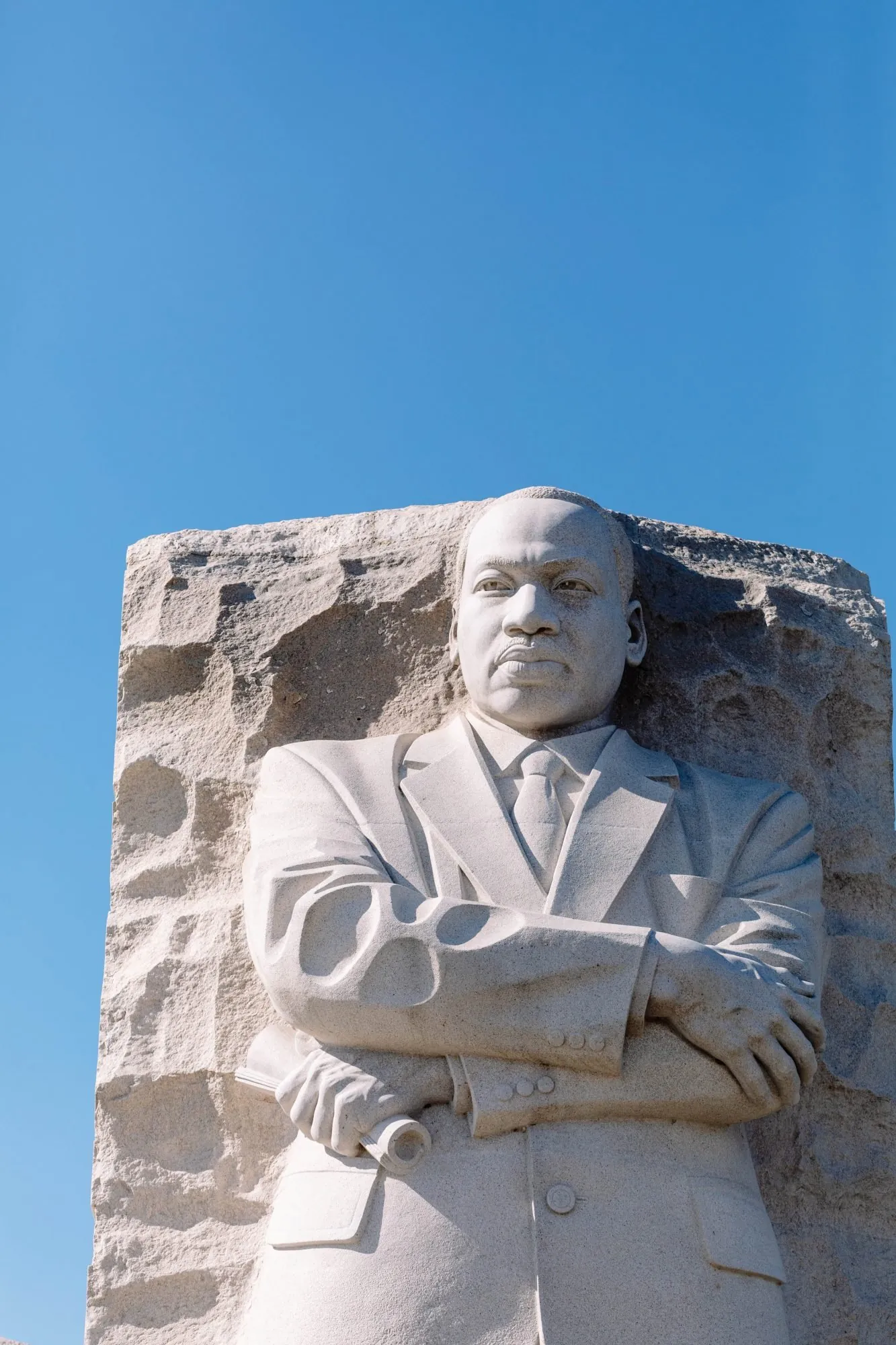
The Martin Luther King, Jr. Memorial is a powerful and inspiring tribute to one of the nation’s greatest civil rights leaders. Dedicated in 2011, the memorial features a 30-foot-tall statue of Dr. King, emerging from a “Mountain of Despair”—a monument symbolic of his life’s efforts to carve hope from a history of oppression.
The memorial, located near the Tidal Basin, is surrounded by cherry trees and features quotes from Dr. King’s most famous speeches and writings etched into the stone walls. The central theme of justice, democracy, and civil rights emanates throughout the memorial, making it a must-visit for those looking to understand King’s message and legacy.
Located close to the Franklin Delano Roosevelt Memorial, visitors can explore both tributes in one trip as they walk along the serene waterfront of the Tidal Basin.
6. Tour the U.S. Capitol Building
As one of the most important and symbolic buildings in the world, the U.S. Capitol stands as a beacon of democracy. It’s here within its storied walls that lawmakers have held sessions of Congress for more than two centuries, and visiting the Capitol opens up a window into American governance.
Free tours of the Capitol Building are available but must be booked in advance (either through the office of your representative or online). The guided tour takes visitors through key areas of the Capitol, including the Rotunda, the Senate Chamber, and National Statuary Hall, where statues of notable figures from American history are on display. Learning about the architectural marvels as well as the legislative process is a unique experience for any visitor.
Pro Tip: Be sure to visit the Capitol Visitor Center, which has engaging exhibits on the history of Congress and its chambers. And don’t miss out on the opportunity to enter the Capitol’s Library of Congress—a beautiful cathedral to knowledge.
7. Explore the Smithsonian Museums
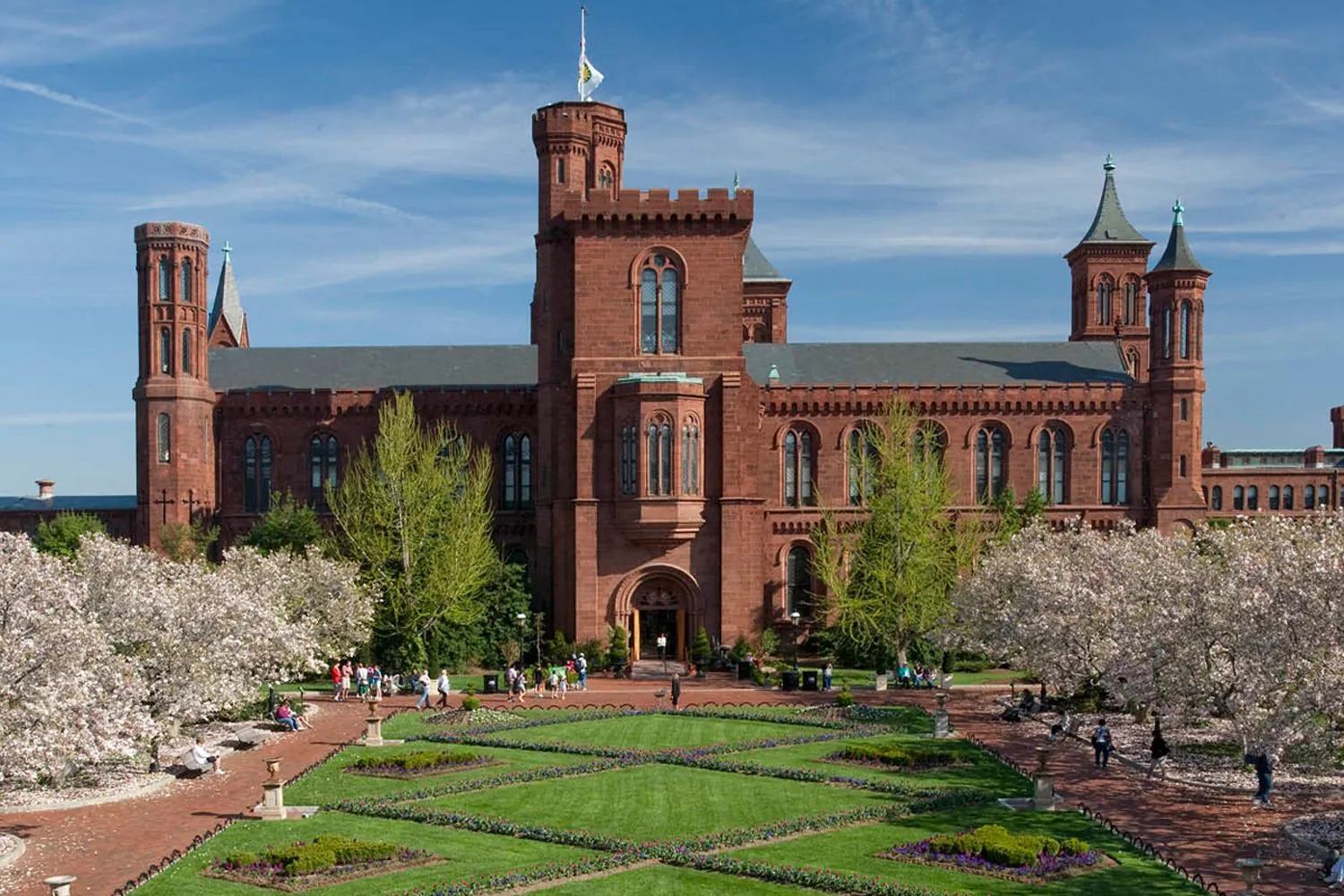
The Smithsonian museums, a group of 19 world-renowned museums, galleries, and the National Zoo, are among Washington, D.C.’s top attractions—all offering free admission. Each Smithsonian museum delves deeply into various areas of knowledge, from natural history to art, space exploration, and American heritage.
Here are four must-visit Smithsonian museums:
a. National Museum of Natural History
This is one of the most-visited natural history museums in the world, famous for its dinosaur exhibits, the Ocean Hall, and the dazzling Hope Diamond. From ancient fossil records to cutting-edge research exhibits, the museum is ideal for visitors of all ages.
b. National Air and Space Museum
Explore human flight’s past, present, and future in this museum filled with aircraft, spacecraft, and artifacts that reflect America’s innovations in aviation and space exploration. The museum is home to several historic objects, including the Wright Flyer and Apollo 11’s command module.
c. National Museum of American History
Venture into America’s storied past with exhibits showcasing everything from George Washington’s military regalia to pop culture artifacts like the original Kermit the Frog. The museum is also home to the actual Star-Spangled Banner, the flag that inspired the national anthem.
d. National Portrait Gallery
Get up close and personal with significant figures in U.S. history by viewing their portraits at this magnificent museum located in the Penn Quarter. Highlights include the gallery of American Presidents and cultural icons that have left a mark on society.
Other Smithsonian museums, including the Smithsonian American Art Museum, the National Museum of African American History and Culture, and the Hirshhorn Museum and Sculpture Garden, are also worth exploring, depending on your interests.
8. Discover Art at the National Gallery of Art
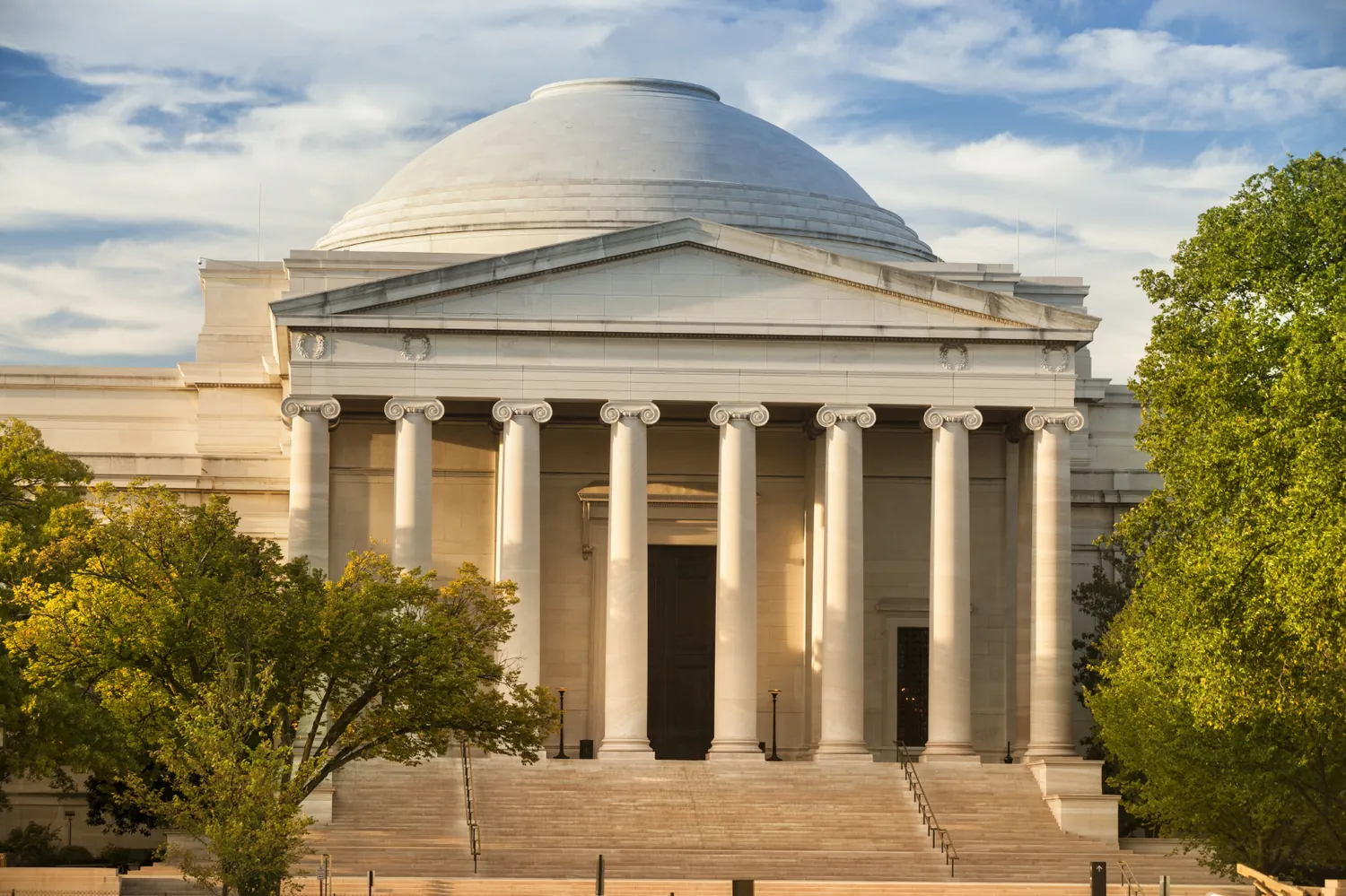
The National Gallery of Art boasts one of the country’s most comprehensive art collections, ranging from classical European masterpieces to modern American paintings, sculptures, and photographs. The gallery includes works by some of the world’s most celebrated artists, such as Leonardo Da Vinci, Claude Monet, Edgar Degas, and Vincent van Gogh.
The gallery is split into two wings—the East Building, with modern art collections, and the West Building, which houses masterpieces dating from the Renaissance to the 19th century. Don’t miss the National Gallery Sculpture Garden, which is a pleasant outdoor space featuring contemporary sculptures and seasonal events such as concerts and ice skating in the winter.
9. Wander Through Georgetown
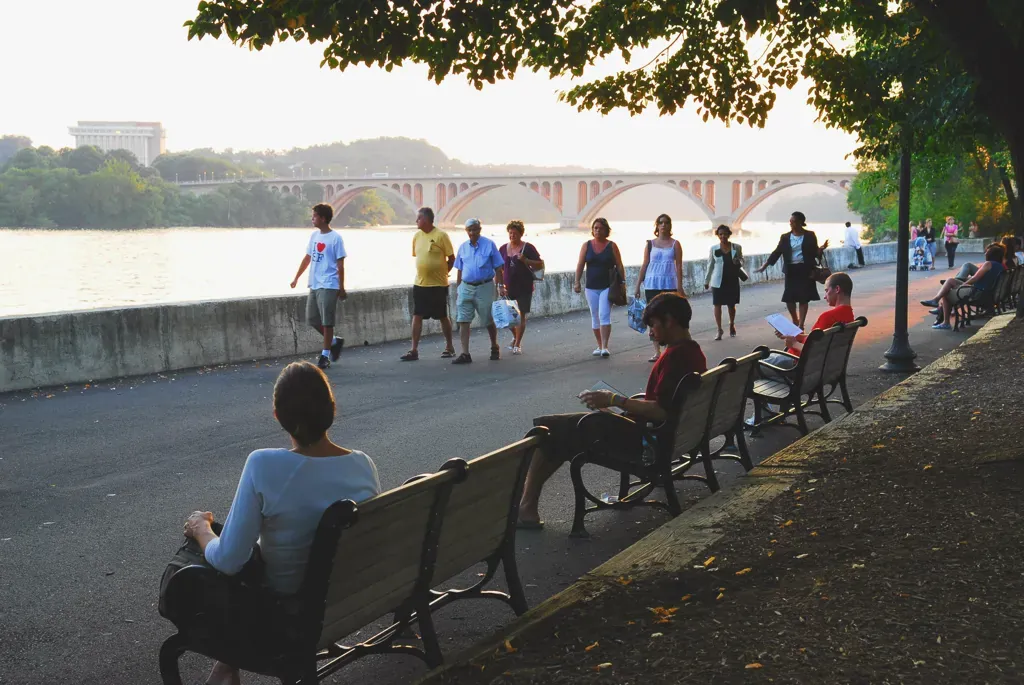
Georgetown is Washington, D.C.’s most historic neighborhood, emanating charm with its cobblestone streets, historic rowhouses, waterfront parks, and upscale shopping. Its close proximity to the Potomac River makes it a popular destination for both locals and tourists.
Here, you’ll find trendy boutiques, some of the city’s best restaurants, and chic cafes lining M Street and Wisconsin Avenue. Take some time to enjoy the Georgetown Waterfront Park, where you can walk along the river or take a seat at one of the many outdoor patios. Not only is Georgetown a shopper’s paradise, but it’s also home to one of the nation’s most prestigious institutions, Georgetown University, with its historic campus open to visitors.
10. Visit Arlington National Cemetery
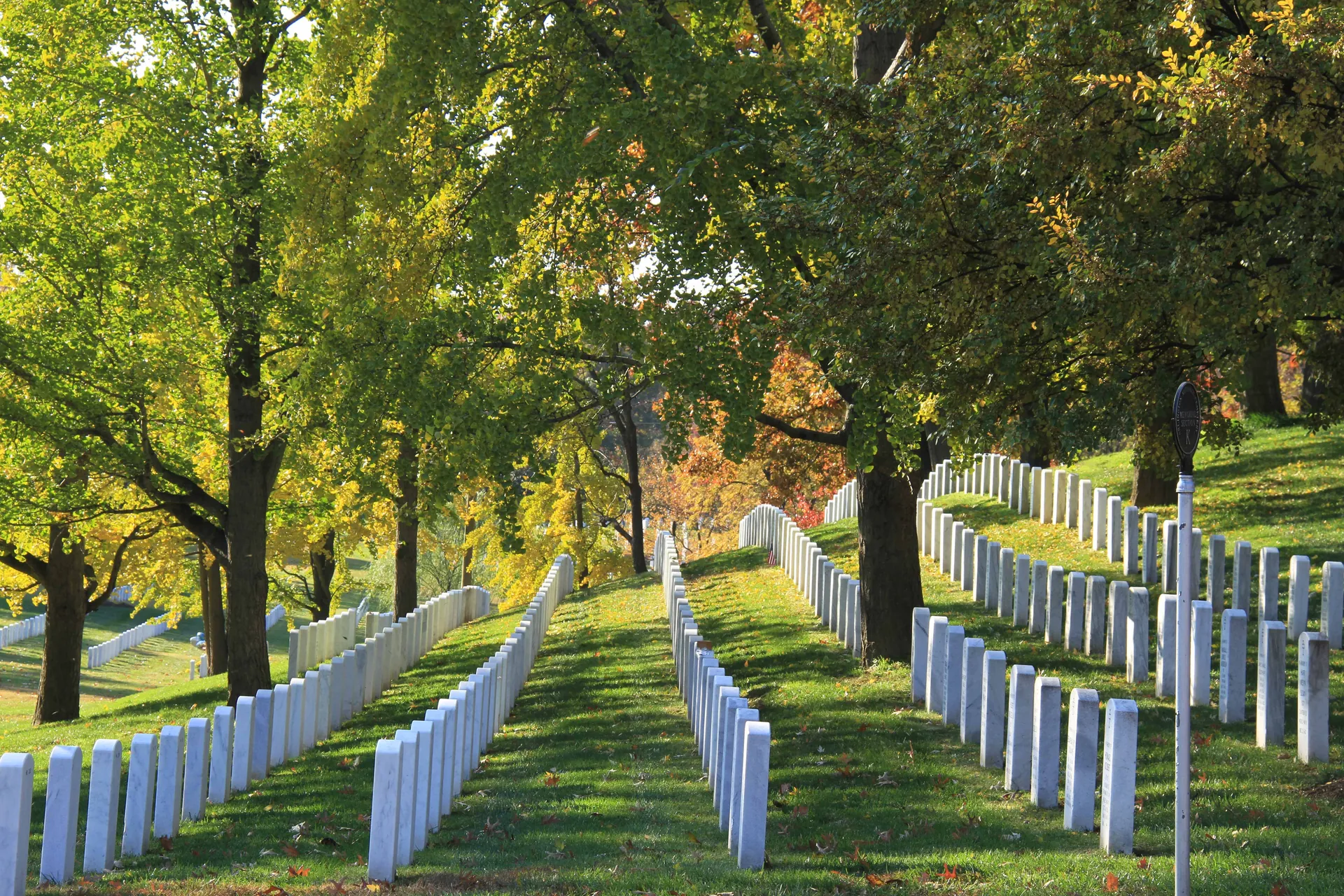
Located just across the Potomac River from Washington, D.C., Arlington National Cemetery serves as the final resting place for over 400,000 service members and military figures, including many known for their heroic service. Among the most frequently visited graves is that of President John F. Kennedy, whose eternal flame burns constantly in his honor.
Arlington’s sweeping land and carefully cultivated rows of white headstones carry solemn significance, reminding visitors of the courage and sacrifice of America’s armed forces. The Tomb of the Unknown Soldier, at the heart of the cemetery, is one of the most respected sights in the country. Here, you can witness the iconic Changing of the Guard ceremony, which occurs multiple times daily and draws both locals and visitors alike.
11. Experience the White House
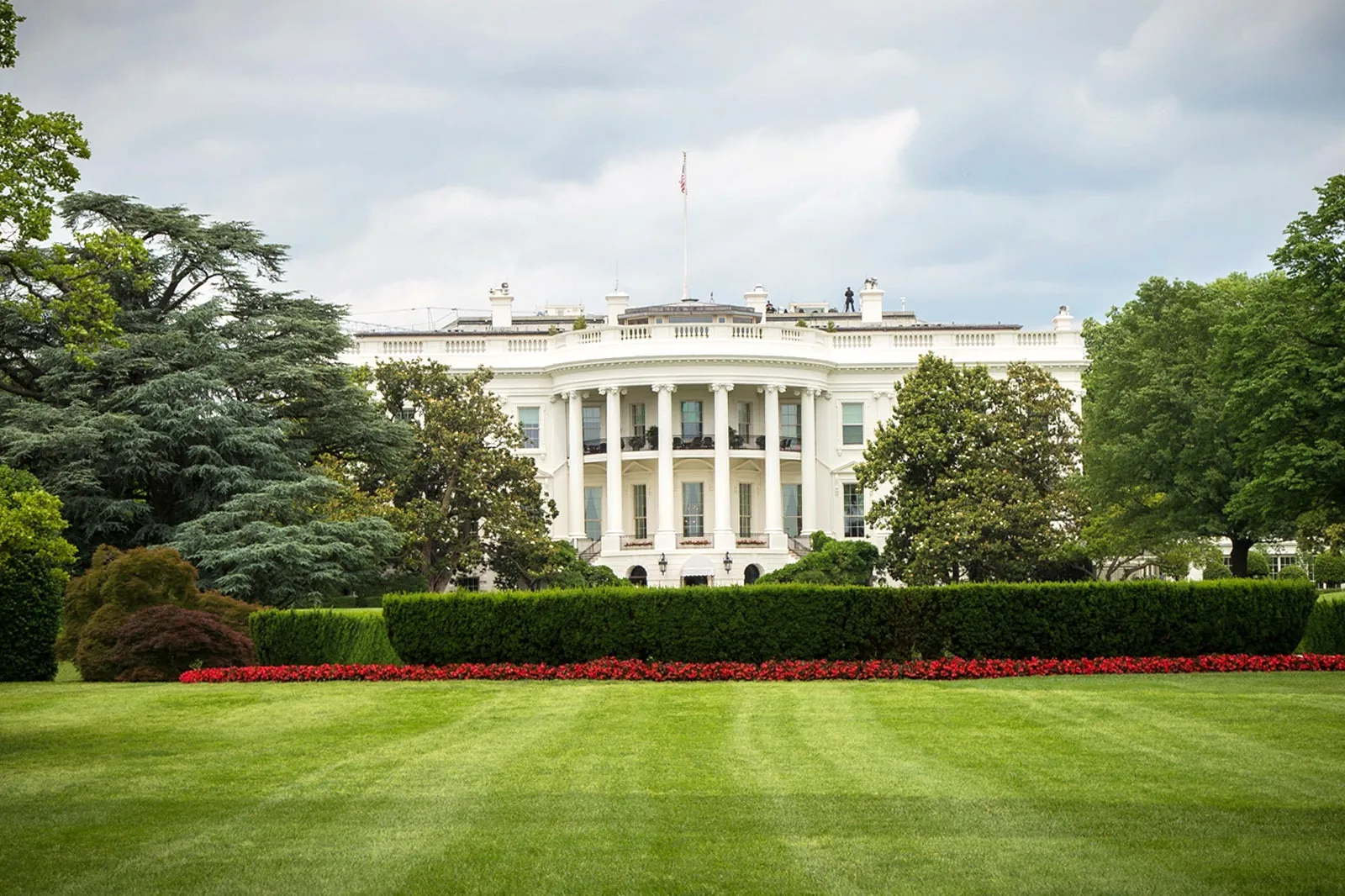
Among the most recognized buildings in the world, the White House is the official residence and workplace of the President of the United States. Visitors can arrange to take a tour of the White House, though this requires advance notice via a request through your local member of Congress—sometimes planned several months ahead.
Even if you can’t secure an inside tour, the view of the White House from outside the gates along Pennsylvania Avenue is iconic in its own right. The nearby White House Visitor Center provides detailed exhibits and background on the history of the presidency and the evolution of the building itself.
12. Walk Along Embassy Row
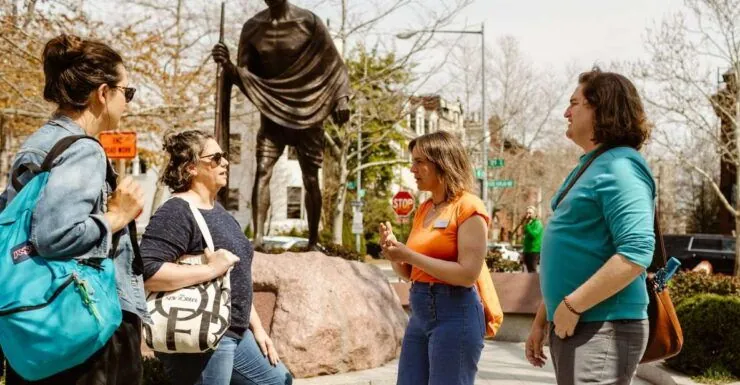
Embassy Row, located along Massachusetts Avenue, showcases an international aspect of D.C. that many visitors overlook. As the name suggests, it is home to a number of beautifully designed embassies representing countries from all over the world. Strolling through the tree-lined avenue allows you to admire the exteriors of these stately buildings and their difference in architectural styles.
This walk is not only scenic but educational, as some embassies host cultural events, art exhibitions, or even tours. The embassies frequently celebrate national holidays or host open house events, providing fascinating opportunities to learn about different cultures.
13. Enjoy Nature at Rock Creek Park
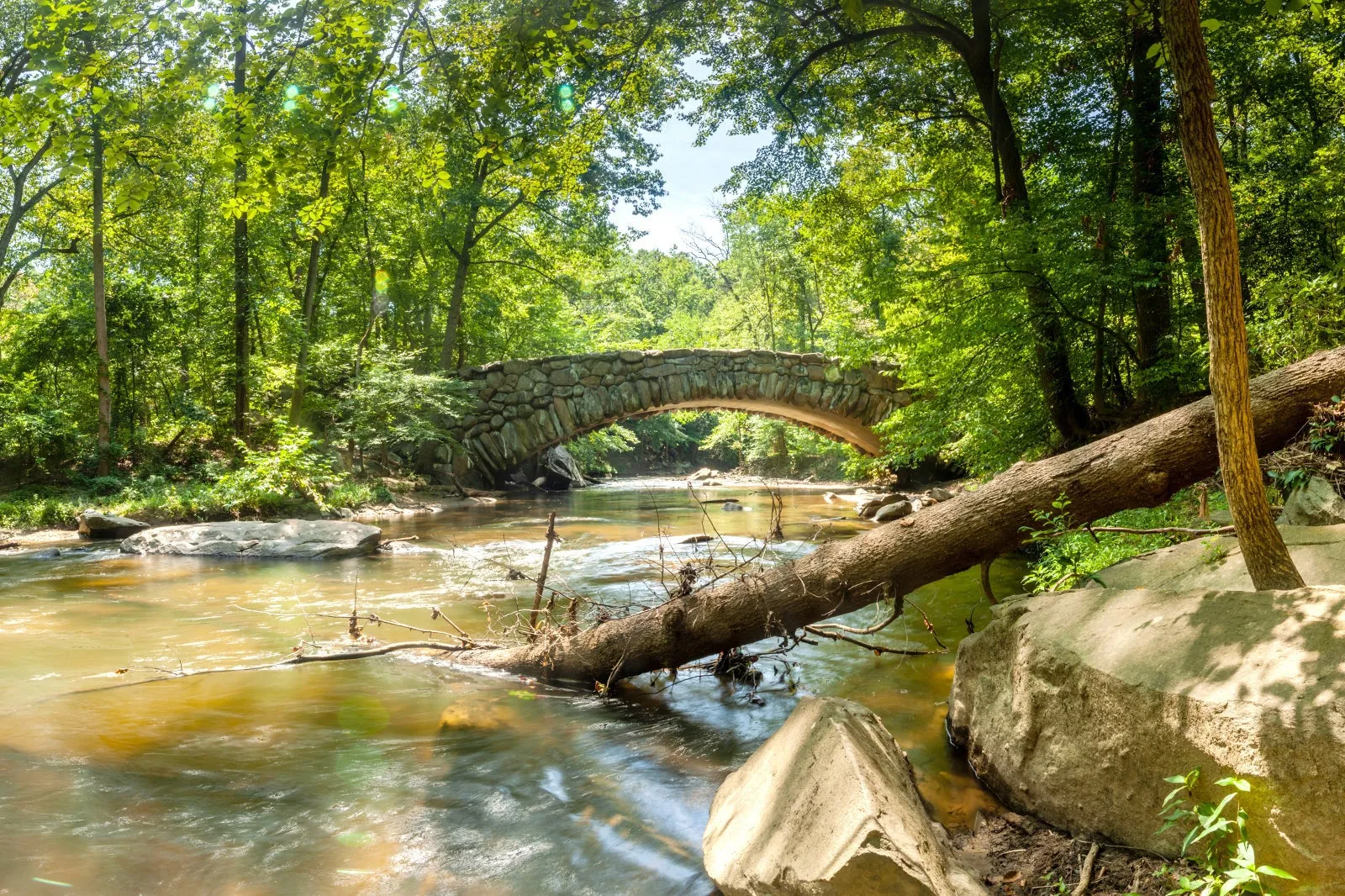
For those looking to escape the city hustle and reconnect with nature, Rock Creek Park is the perfect destination. This 1,800-acre urban oasis offers visitors the chance to explore scenic trails, have a picnic, go biking, or take part in outdoor recreational activities like horseback riding.
Rock Creek Park also houses the Rock Creek Nature Center, which offers educational programs about the park’s wildlife and natural features. Stop by the historic Peirce Mill, or wander around the ruins of Civil War-era forts for a touch of history.
14. See Pandas at Smithsonian’s National Zoo

Part of the Smithsonian Institution, the National Zoo is a must-see destination for both children and adults alike, and one of its most popular residents is its giant pandas! The zoo is open year-round with free admission and is home to over 2,700 animals, including species from Asia Trails and the American Bison Exhibit.
Make time to visit the panda habitat, a beloved feature of the zoo, and observe these gentle giants as they eat and play. Other popular exhibits include the Great Ape House, the Reptile Discovery Center, and the Cheetah Conservation Station.
15. Explore Dumbarton Oaks Gardens
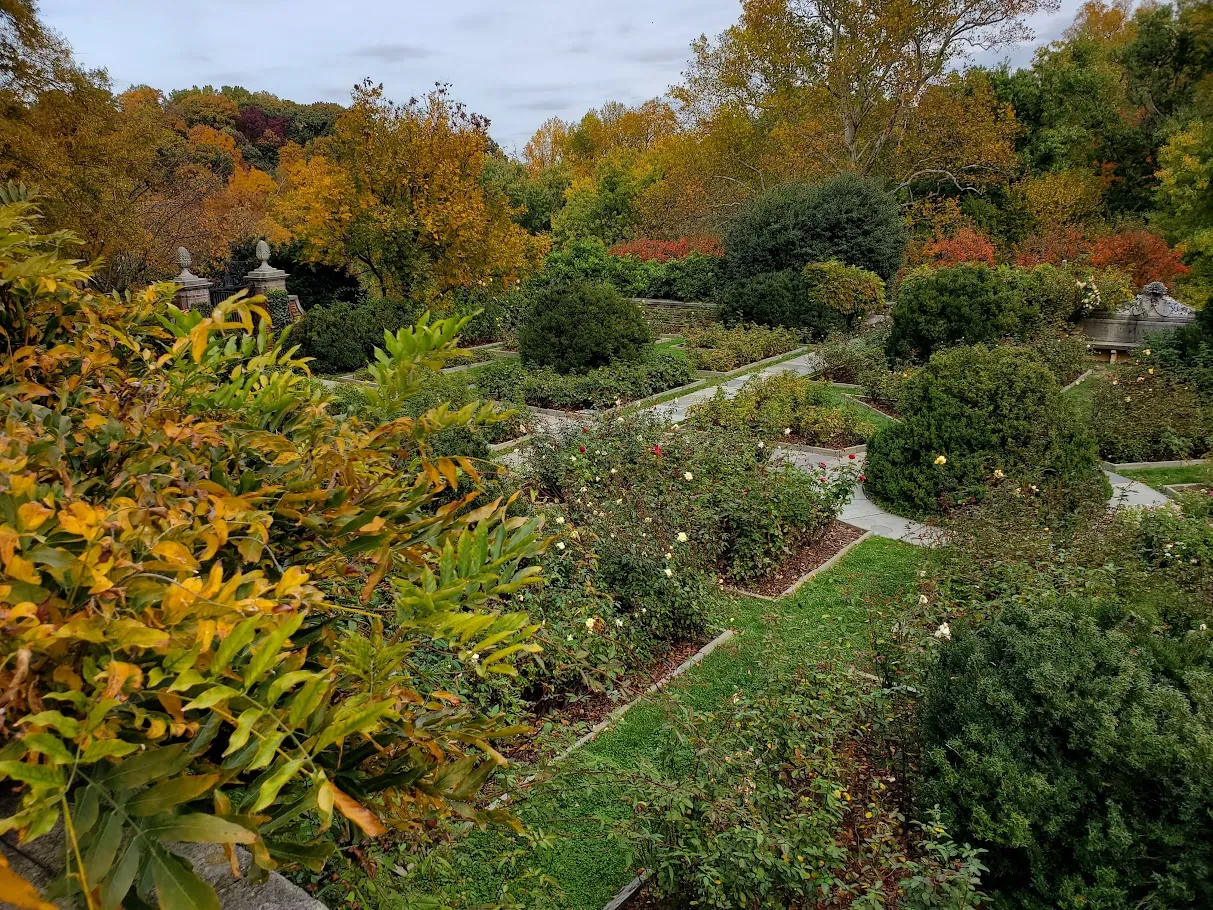
For visitors seeking a peaceful reprieve from the busier streets, Dumbarton Oaks Gardens, located in the heart of Georgetown, offers a hidden garden escape with beautifully maintained landscapes. The estate was once the residence of Robert Woods Bliss, and today it has become a museum of Byzantine and Pre-Columbian art as well as a delightful garden open to the public.
The gardens feature Renaissance-inspired terraces, manicured flower beds, fountains, and wooded areas that transport visitors into another time. It’s particularly gorgeous in the fall and spring months when the colors of the foliage or blossoming flowers create a stunning backdrop for photos.
16. Take a Boat Ride on the Potomac River
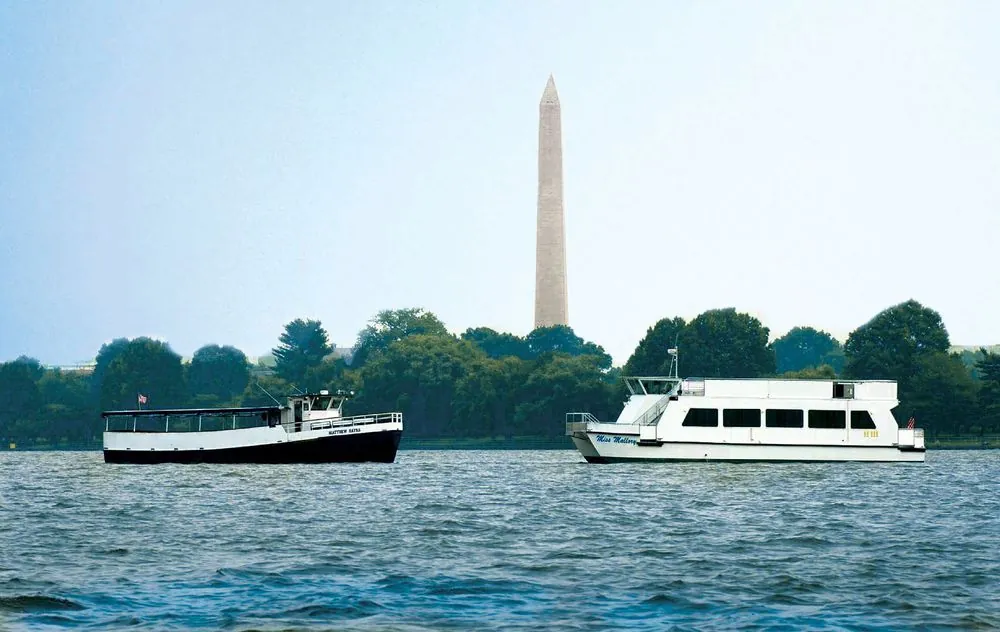
Washington, D.C.’s relationship with the Potomac River is another element that adds to the city’s charm. A boat ride on the river gives you a completely different perspective of the city, allowing you to enjoy stunning waterfront views of iconic locations such as the Lincoln Memorial, Washington Monument, and Georgetown.
Visitors can choose from various river activities, including leisurely boat cruises, paddleboarding, kayaking, or even dining cruises. Whether you’re looking for an adventure or a relaxing experience, the Potomac River offers something for everyone.
17. Visit Ford’s Theatre
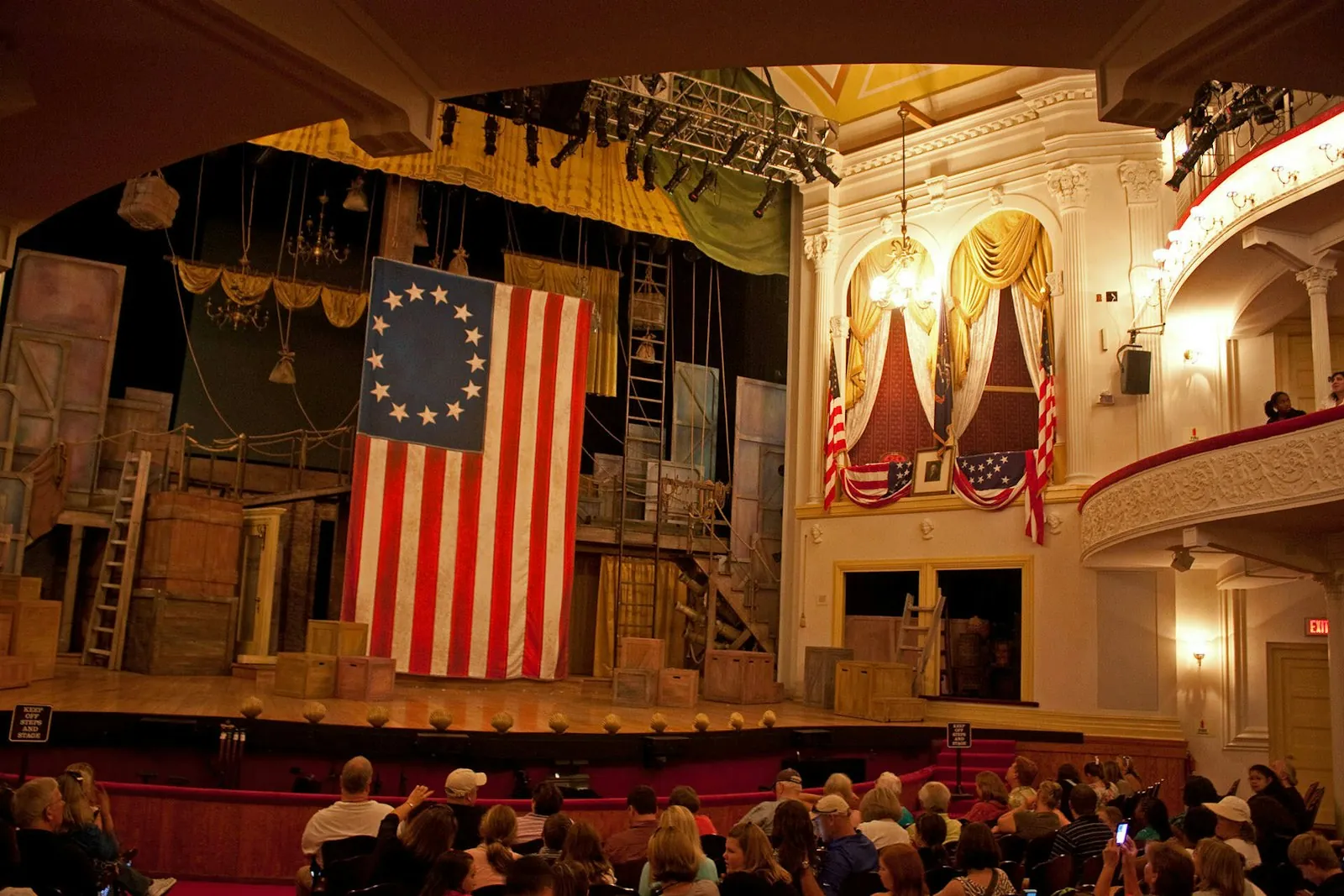
Ford’s Theatre is one of Washington, D.C.’s most famous historical sites—significant for being the place where President Abraham Lincoln was assassinated by John Wilkes Booth in 1865. Today, Ford’s Theatre is not only preserved as a historical landmark but also remains in operation as a live performance theatre.
Visitors can explore the Ford’s Theatre Museum, where exhibits recount the events leading up to Lincoln’s assassination, as well as artifacts, including the gun Booth used. The Petersen House across the street is where Lincoln died the following day, and it is now part of the museum’s tour.
18. Explore Theodore Roosevelt Island
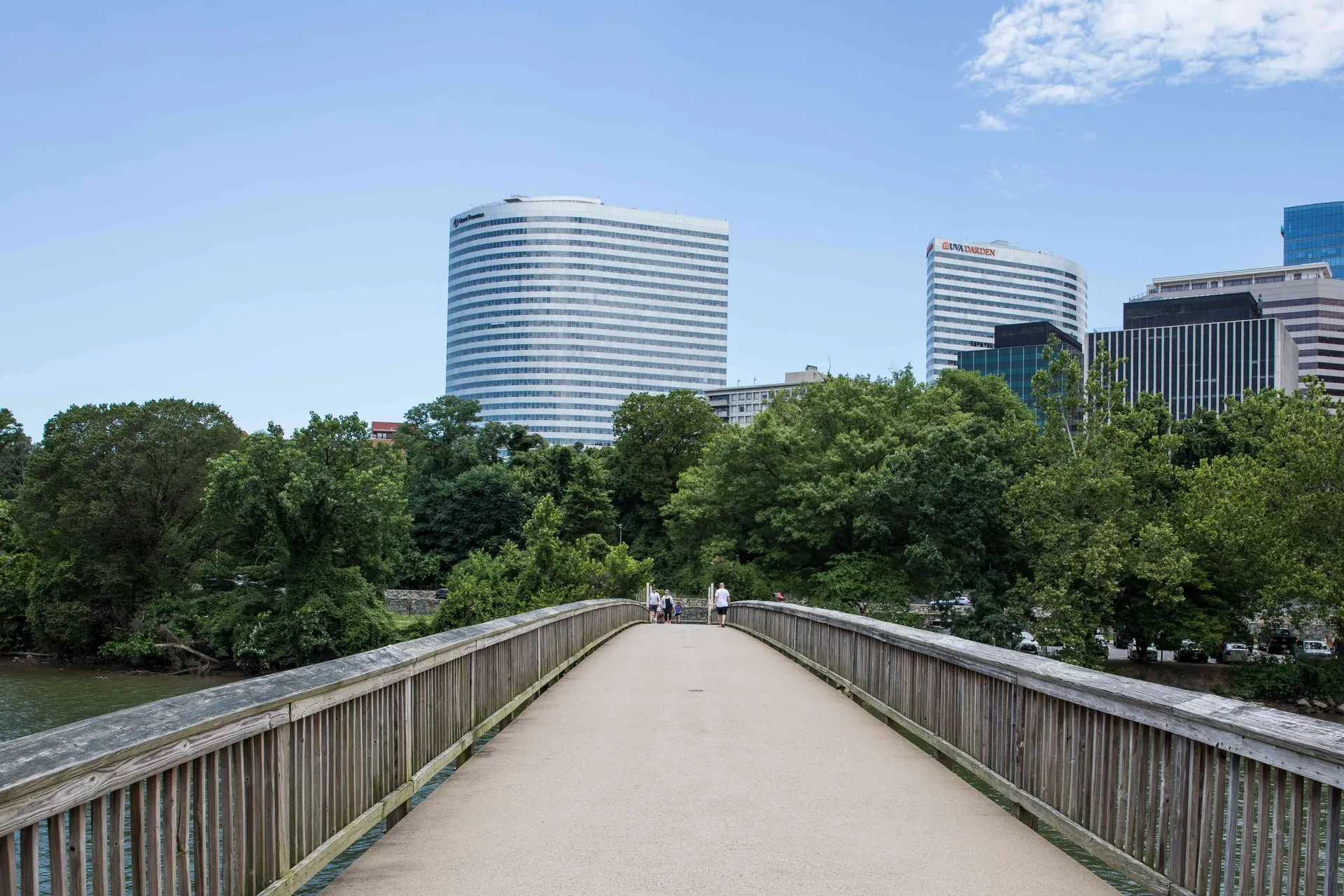
Nestled on the Potomac River between Washington, D.C., and Virginia, Theodore Roosevelt Island is a serene memorial to America’s 26th President and environmentalist. The island serves as a nature preserve, with a small monument to Roosevelt at its center surrounded by water, woodlands, and trails. Visitors enjoy exploring the short hiking trails, which offer peaceful walks in a natural setting while remaining close to the city.
If you’re looking to escape the hustle and bustle, Theodore Roosevelt Island provides an ideal opportunity to enjoy birdwatching, picnicking, and appreciating nature just minutes from central Washington, D.C.
19. Learn at the International Spy Museum
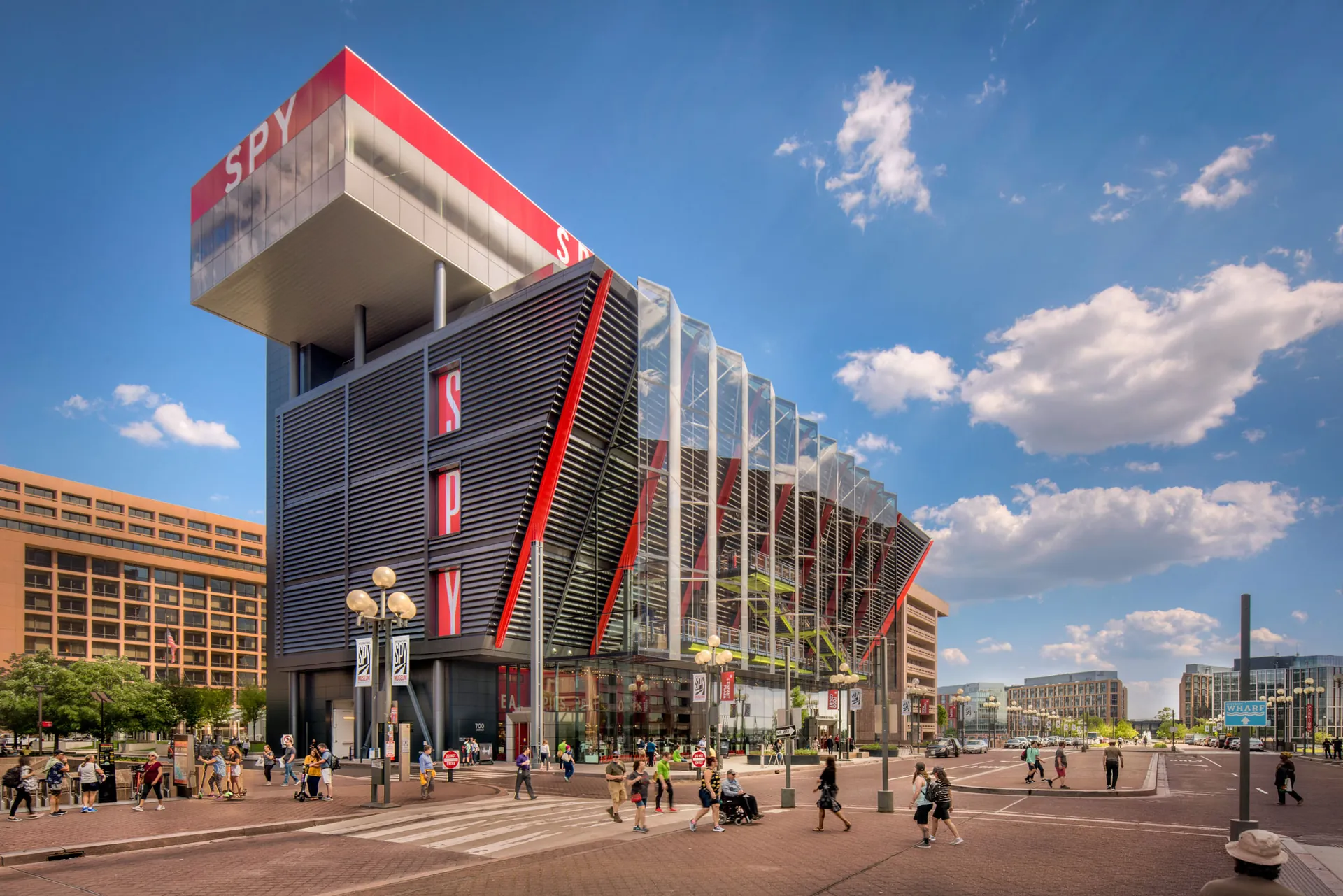
One of the most unique and interactive museums in Washington, D.C., the International Spy Museum offers visitors an exciting dive into the world of espionage, intelligence gathering, and counterespionage. With exhibits on both historical and modern-day spies, it’s a hit with children and adults alike.
The museum features fascinating artifacts from real-life spy missions, including secret radios, clever disguises, and code-breaking machines. Engaging exhibits allow guests to take on spy personas, participate in covert missions, and uncover the secrets of both famous and anonymous intelligence operatives throughout history.
20. Visit Mount Vernon (George Washington’s Estate)
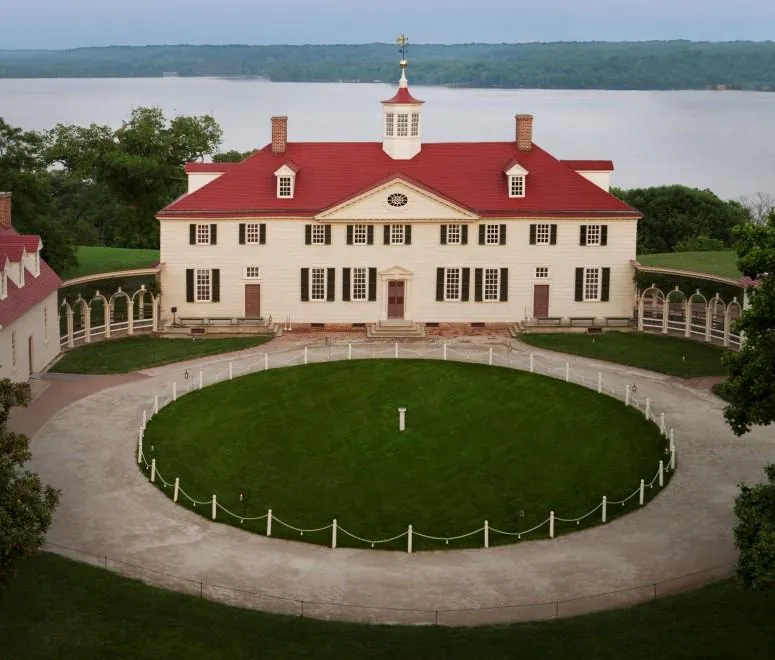
Just a 30-minute drive from Washington, D.C., Mount Vernon was the home and plantation of George Washington, the first President of the United States. This historic estate has since been impeccably preserved, showcasing not only Washington’s life but also educating visitors about the day-to-day life of the 18th century.
Visitors can explore the beautifully maintained mansion, stroll through the flower-filled gardens, and visit Washington’s final resting place. Mount Vernon also exhibits reconstructions of the working distillery and farm areas to illustrate colonization-era farm life.
21. Discover U Street Corridor’s History
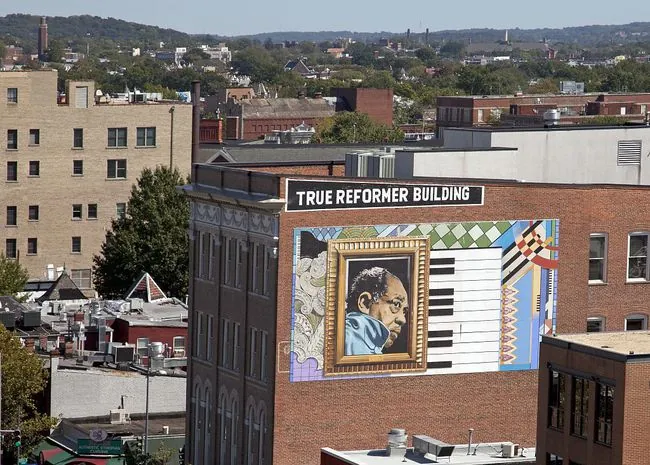
U Street Corridor is a historically significant neighborhood in Washington’s African American community, once known as “Black Broadway.” Notable for its vibrant music and nightlife history, U Street played host to legends such as Duke Ellington and other jazz greats.
This area now boasts a blend of modern restaurants, bars, and clubs, but it also holds onto its heritage with institutions like the African American Civil War Memorial and local landmarks paying tribute to its storied past.
22. Stroll Through Eastern Market

Eastern Market, situated in the Capitol Hill neighborhood, is Washington, D.C.’s oldest operating public market. It’s brimming with local vendors selling everything from fresh produce and meat to handmade crafts and vintage goods. On weekends, the market bustles with stalls selling artisan goods, including art, jewelry, and occasional food trucks.
Whether you’re shopping for fresh flowers, sampling local cheeses, or browsing through antique finds, Eastern Market is a colorful representation of the city’s diverse local culture.
23. Explore Dupont Circle Neighborhood
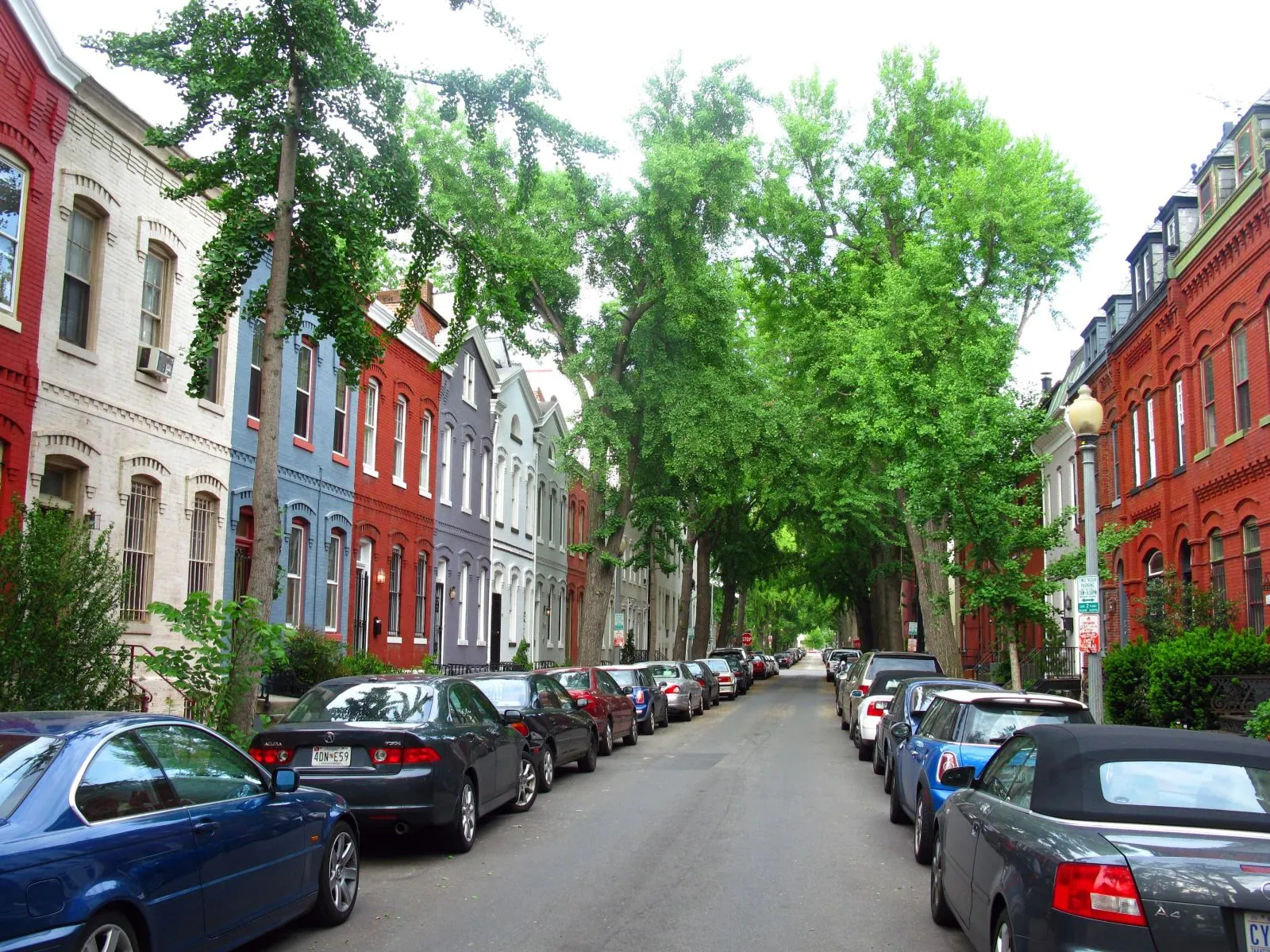
Dupont Circle is one of D.C.’s most vibrant neighborhoods, packed with cafes, galleries, independent bookshops, and embassies showcasing D.C.’s cosmopolitan nature. One of the central plazas of the city, the neighborhood offers everything from historic landmarks to lively nightlife establishments.
Art lovers will particularly enjoy walking around the numerous galleries, including The Phillips Collection, while those looking for food experiences will find great coffee shops, bakeries, and international cuisine—all just steps away from Dupont’s iconic fountain.
24. Visit Hillwood Estate Museum & Gardens
A bit off the beaten path, Hillwood Estate is the former home of Marjorie Merriweather Post, whose impressive art collection spans an array of periods and regions with a focus on Russian imperial art. Visitors to the estate will find everything from Fabergé eggs to French decorative arts.
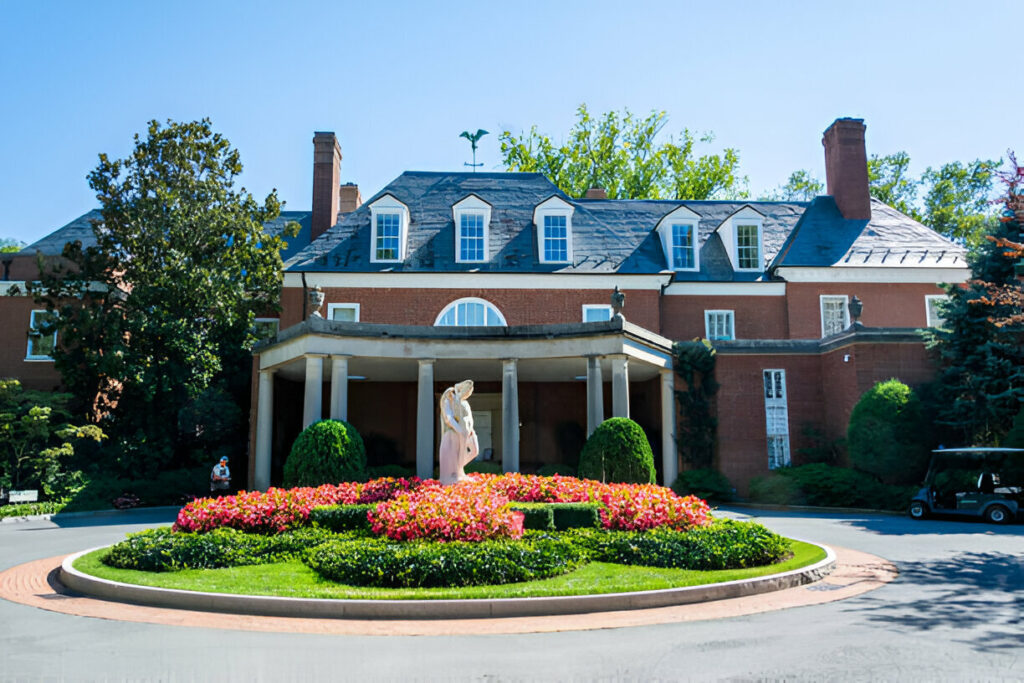
The estate’s formal gardens are equally captivating, providing meticulously manicured grounds with Japanese garden elements, rose gardens, and wooded paths. Hillwood is an exquisite spot for art enthusiasts and garden lovers alike.
25. Take in Views from The Kennedy Center Terrace
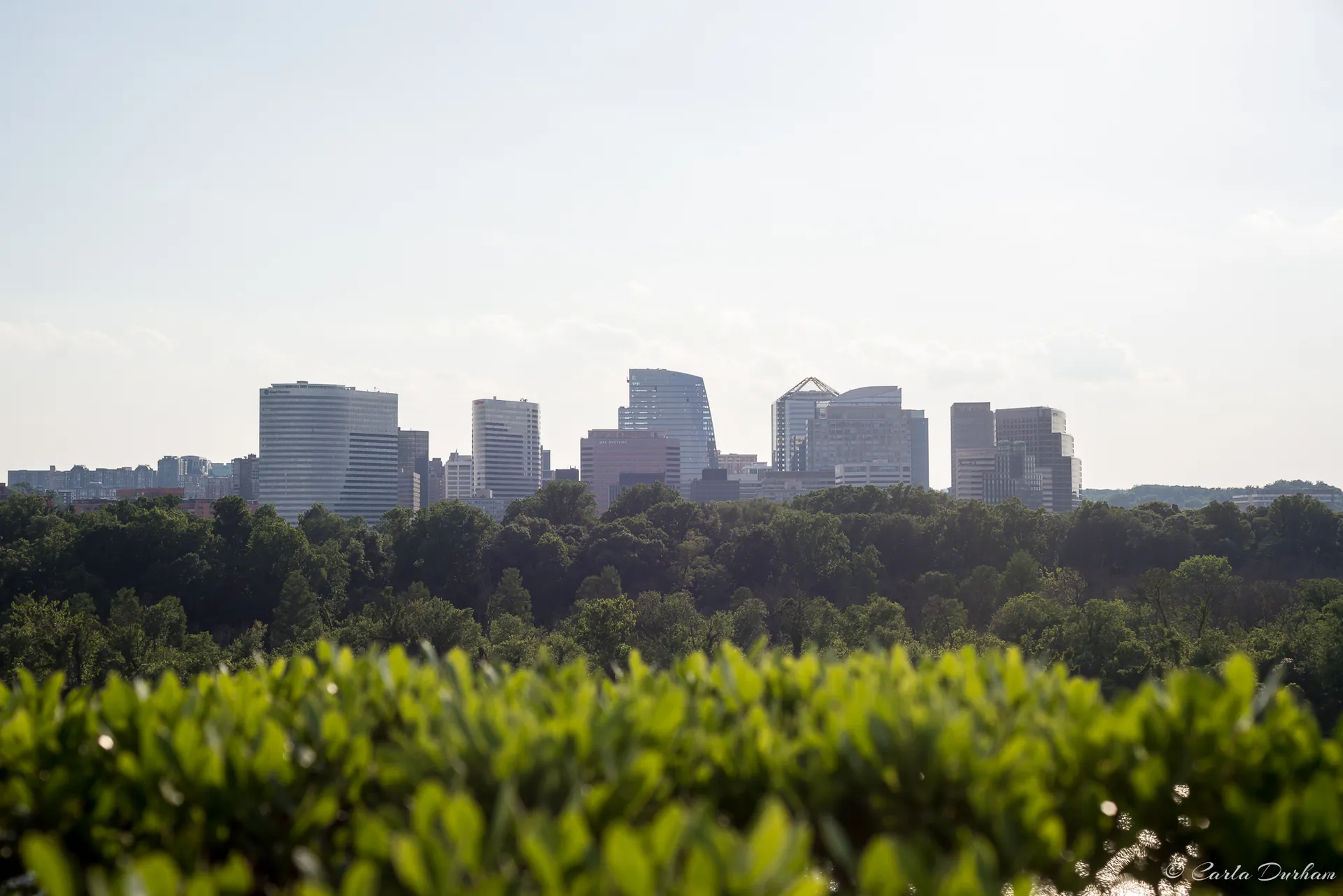
The John F. Kennedy Center for the Performing Arts is an iconic cultural institution in Washington, D.C. Known for a full schedule of concerts, theater performances, and free daily shows at the Millennium Stage, it’s a must-visit for performing arts fans.
What many visitors don’t realize, however, is that the Kennedy Center’s terrace offers stunning panoramic views of the Potomac River and the city skyline. On a clear evening, it becomes the perfect spot to soak in the landscape and perhaps catch an outdoor performance.
26. Explore Tidal Basin During Cherry Blossom Season
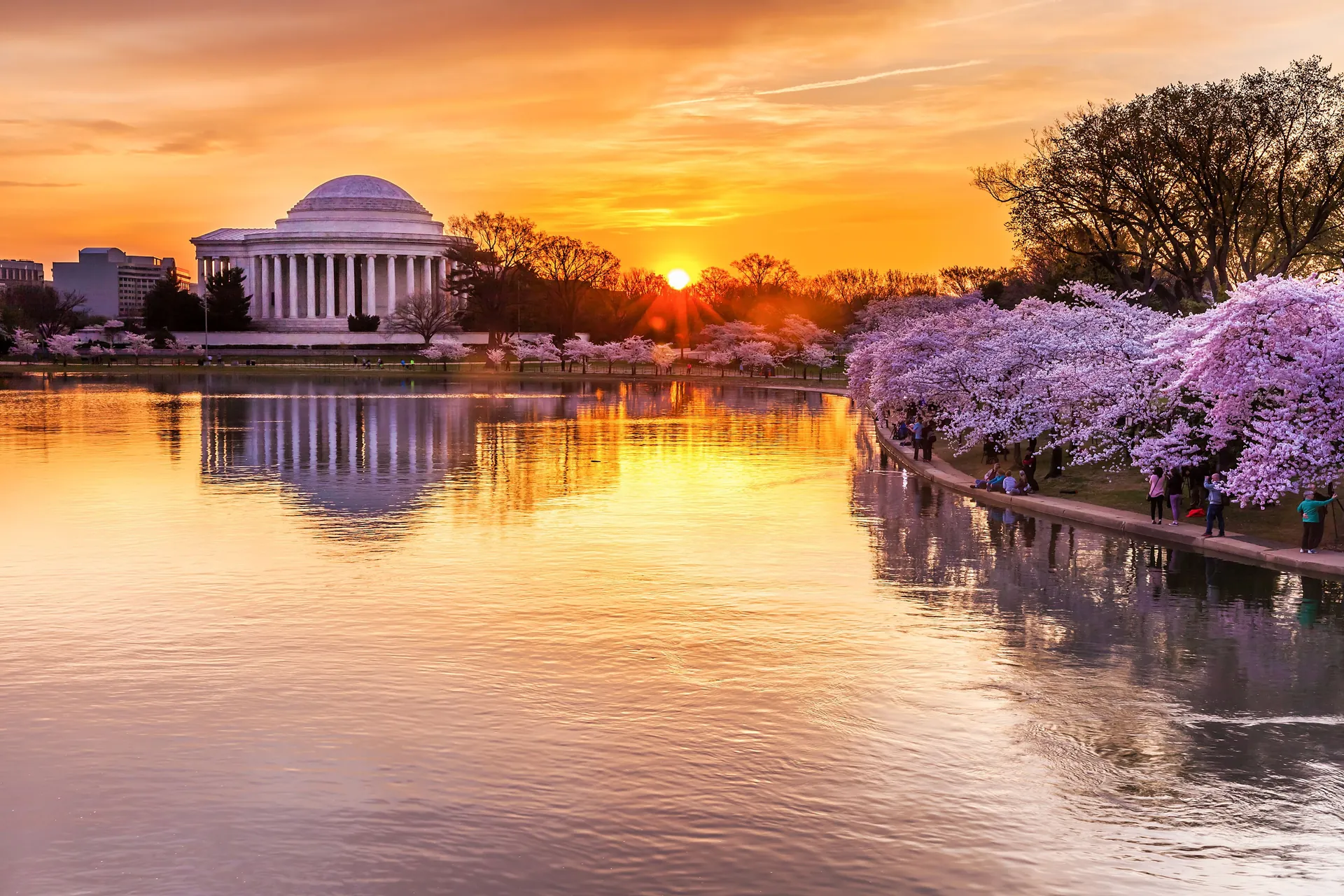
The Tidal Basin, located between the Potomac River and the Washington Channel, is one of the most scenic areas in Washington, D.C., particularly in the spring when the famed cherry blossoms bloom, drawing visitors from around the world. The landscape offers a stunning pink-and-white display against the backdrop of the Jefferson Memorial.
Cherry Blossom Festival usually takes place in late March to early April, with activities ranging from kite flying to lantern lighting ceremonies. Besides the seasonal cherry blossom display, the Tidal Basin is a peaceful spot for a boat ride or leisurely walk along its waterfront paths.
27. Visit United States Botanic Garden
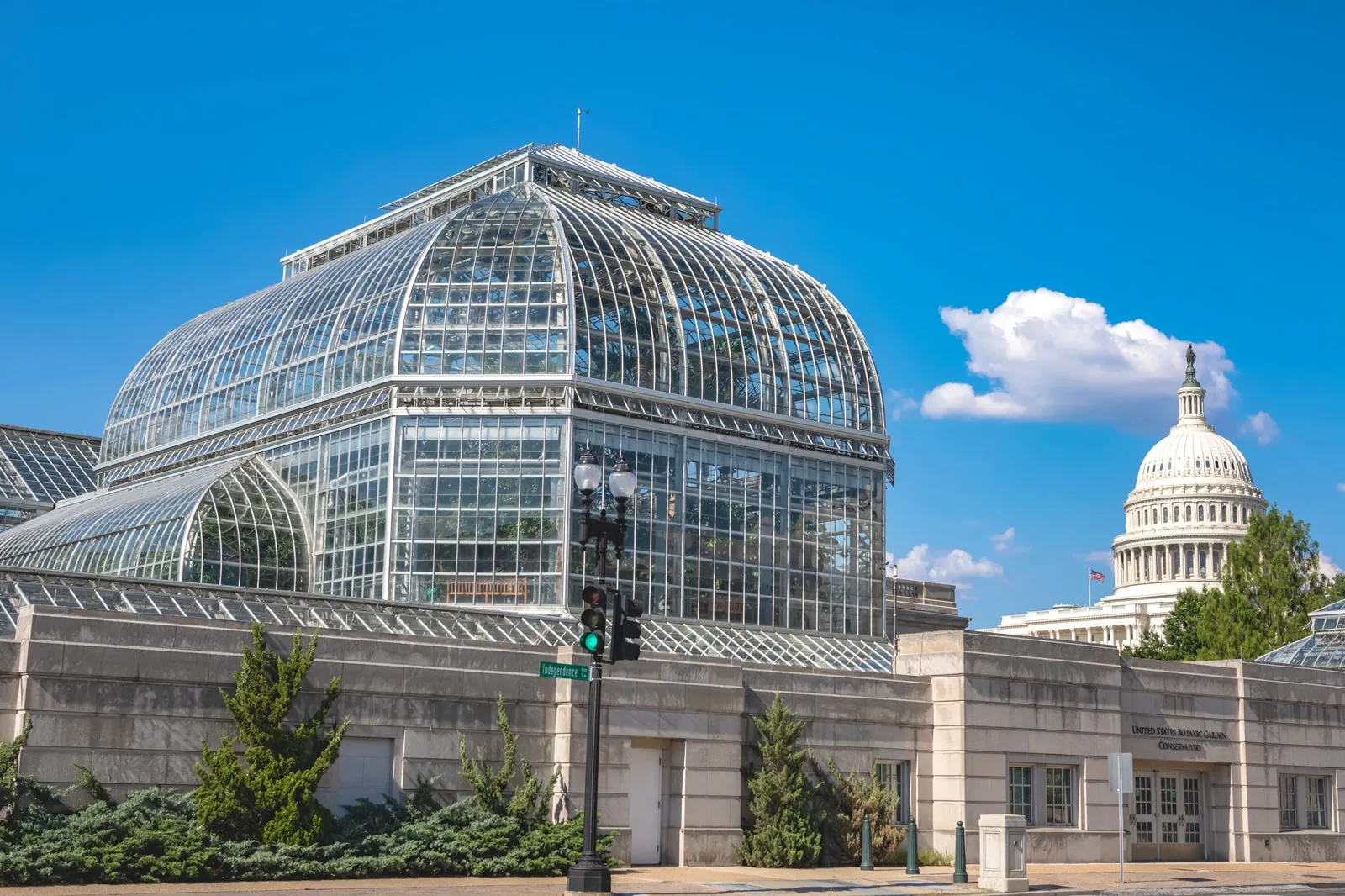
Adjacent to the Capitol, the United States Botanic Garden is a living museum of plants, showcasing spectacular collections of flowers, trees, and greenhouse-born exotics. The conservatory houses themed rooms such as desert plants, tropical plants, orchids, and a fascinating medicinal and economic plant collection, providing educational opportunities with stunning natural displays.
The Botanic Garden is perfect for families looking for free, family-friendly activities, with indoor greenhouses providing enthralling views of rare orchids, ferns, and even a small rainforest environment.
28. Experience Great Falls Park (Day Trip)
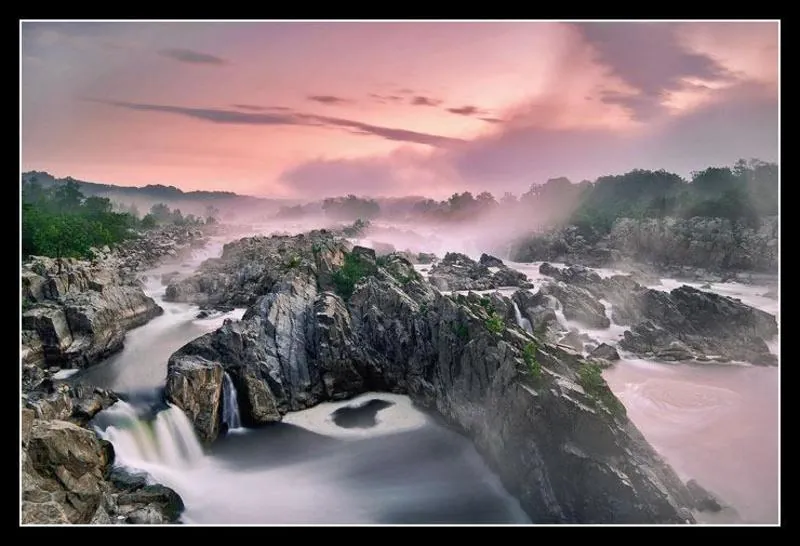
Only a short drive outside Washington, D.C., Great Falls Park offers a wonderful day trip for nature lovers and outdoor adventurers seeking scenic beauty and a bit of hiking. The park centers around the stunning waterfalls and rapids where the Potomac River flows through a series of dramatic cliffs and rocks.
Popular trails include the River Trail and Billy Goat Trail, which offer varying difficulty levels for hikers. The natural beauty and relatively short drive from the capital make Great Falls a favorite day-trip destination for D.C. locals.
29. See Artifacts at The Phillips Collection
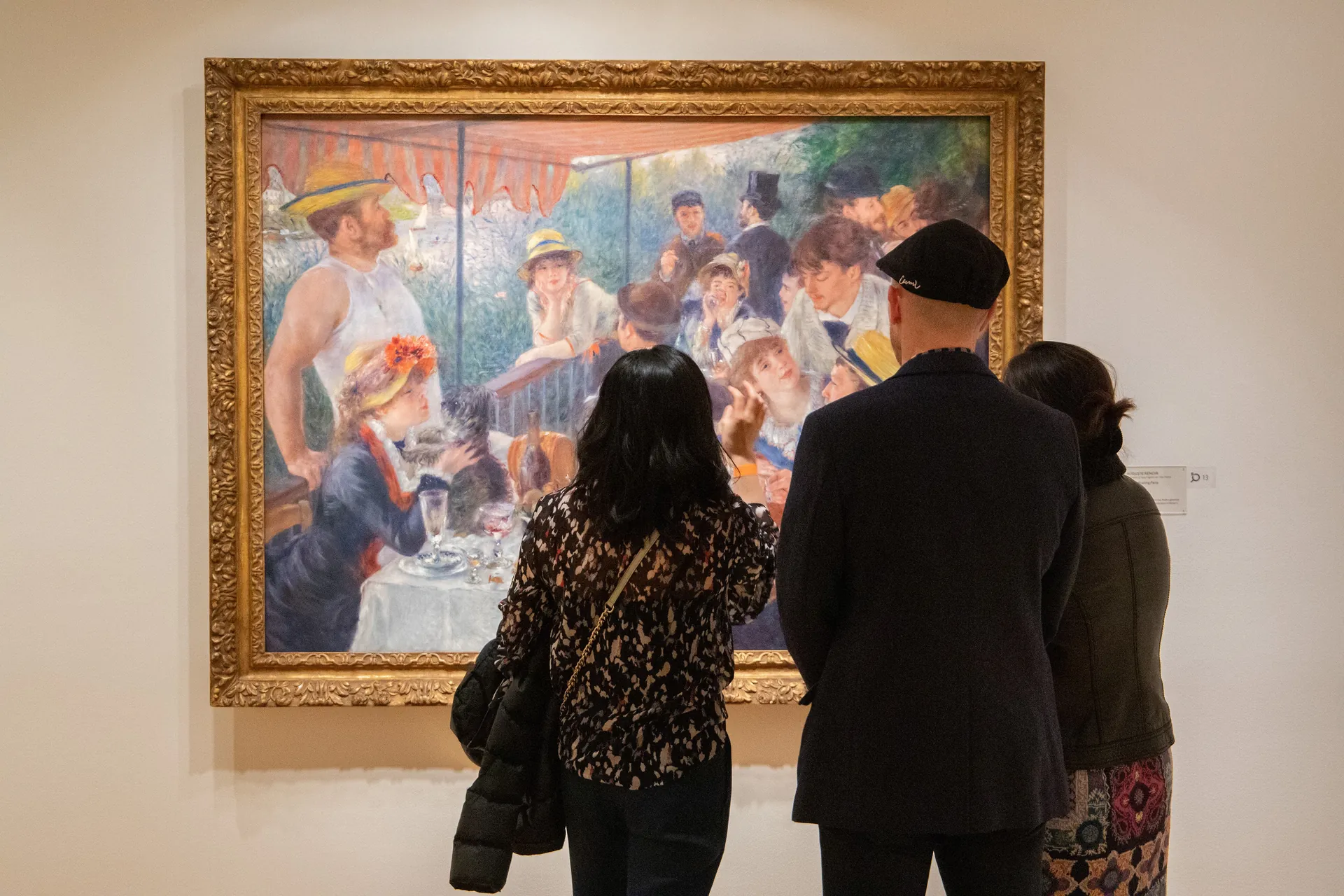
The Phillips Collection is America’s first museum of modern art, established in 1921, and is located near Dupont Circle. Art fans will appreciate the intimate feel of the gallery, which consists of artwork from the 19th century to modern works in a personal collection curated to inspire an appreciation for modern art.
The museum has rotating exhibits and owns works from international masters such as El Greco, Paul Cézanne, and Mark Rothko.
30. Take a Guided Walking Tour (Historical or Food Tours)
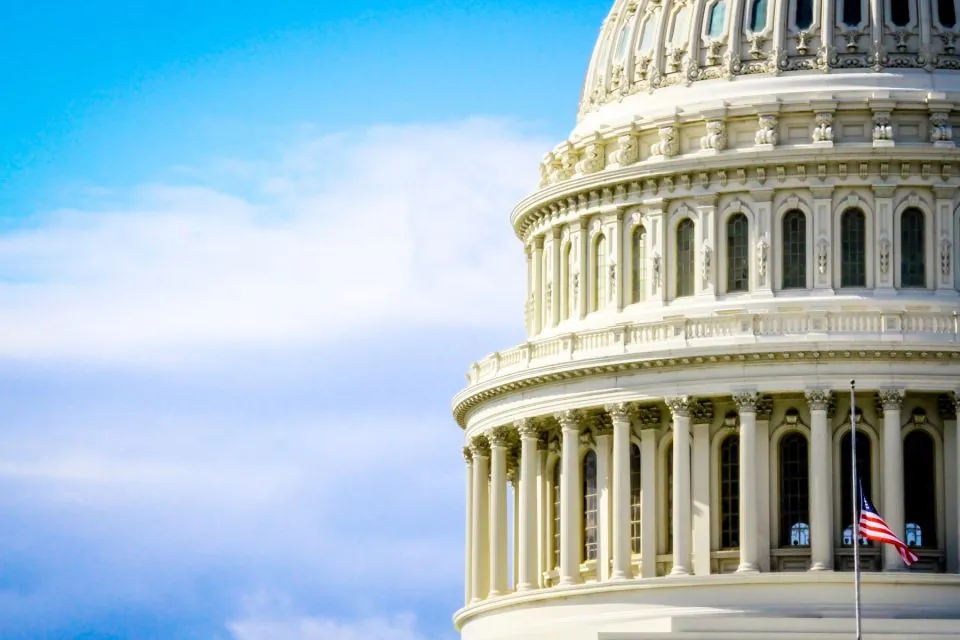
No trip to Washington, D.C. is complete without joining one of the many guided walking tours available throughout the city. Whether you’re interested in the city’s rich history, its food scene, or even tales of ghostly hauntings, walking tours not only offer informative insights but allow you to experience the city on foot in various neighborhoods.
Some popular themed tours include historic tours of Capitol Hill, food-and-drink tours in areas like Georgetown and U Street Corridor, and hidden history tours spotlighting lesser-known stories and sites scattered among the more iconic landmarks.
FAQ
1. What is Washington, D.C., best known for?
Washington, D.C., is best known for its iconic monuments and memorials—including the Lincoln Memorial, Washington Monument, and the U.S. Capitol—as well as its free Smithsonian museums, government institutions like the White House, and cultural activities.
2. What are free things to do in Washington, D.C.?
Many attractions in Washington, D.C., are free to the public, including visits to the Smithsonian Museums (Natural History Museum, American History Museum, and more), a walk through the National Mall, exploring historical memorials (Lincoln Memorial, Vietnam Veterans Memorial), and enjoying the outdoor spaces of the Tidal Basin and Rock Creek Park.
3. What is the best time to visit Washington, D.C.?
The best time to visit Washington, D.C., is during the spring (especially late March to early April) when the renowned cherry blossoms are in full bloom. Fall is also an excellent time due to the mild weather and beautiful autumn foliage. Summer can be hot and crowded, while winter offers fewer crowds but colder weather.
4. Can you tour inside The White House?
Yes, you can tour the White House, but advance planning is required. Tours must be requested through your member of Congress at least three weeks in advance (sometimes longer). International visitors can request tours via their embassy.
5. What are family-friendly activities in Washington, D.C.?
Family-friendly activities in Washington, D.C., include visiting the Smithsonian National Zoo to see the giant pandas, exploring the interactive exhibits at the National Air and Space Museum, marveling at the dinosaur fossils in the Natural History Museum, and playing at the U.S. National Arboretum’s Bonsai exhibit or attending a performance at the Millennium Stage in The Kennedy Center.
Conclusion
Washington, D.C., is a city that captivates with its rich history, cultural diversity, and scenic landscapes. Whether you’re a history enthusiast enthralled by the monuments and government institutions, an art lover keen to explore world-class galleries and museums, or a family hoping for a fun and educational trip, the capital has something for every interest and traveler. The accessibility of free attractions, iconic American landmarks, and outdoor activities makes the city not only a must-visit but an affordable one.
With a satisfying blend of old-world charm and contemporary style, Washington, D.C., stands as one of the world’s great cities. We hope this guide to the 30 best things to do in Washington, D.C., inspires you to plan your visit and craft the perfect itinerary! Whether you’re walking along the National Mall, touring the U.S. Capitol, or relaxing by the Potomac River, you’ll find that D.C. offers memorable experiences at every corner.

